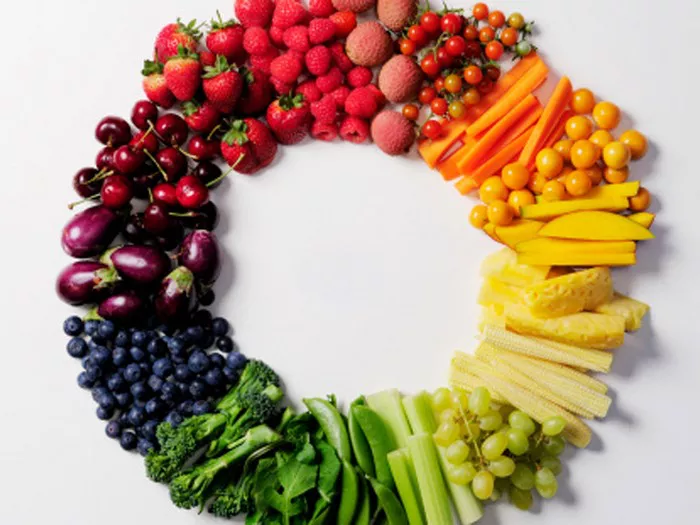While many people associate Thanksgiving with the United States, Canada also has its own version of the holiday, celebrated on the second Monday in October. This year, Thanksgiving falls on October 14, bringing with it familiar traditions of food and family. But why do Canadians celebrate their Thanksgiving earlier than their southern neighbors?
To answer this question, we turned to Andrew McIntosh, senior subject editor with the Canadian Encyclopedia. McIntosh explained that Thanksgiving in Canada historically revolves around celebrating the fall harvest. “Winter comes a lot earlier in Canada, so our fall harvest happens earlier, too,” he said. “Thanksgiving was officially set for the second Monday in October in 1957 when the weather was still pleasant for outdoor activities.”
However, Canada’s Thanksgiving tradition dates back long before 1957. The first official Thanksgiving holiday was held in 1879, though the date varied year to year. Parliament determined the date annually, sometimes as late as December 6, and even occasionally aligning it with American Thanksgiving.
How Canadians Celebrate Thanksgiving Today
These days, many Canadian families, like McIntosh’s, celebrate Thanksgiving over the long weekend, often hosting the meal on the Sunday before the official Monday holiday. This allows travelers more time to return home without taking additional days off work.
But what does a traditional Canadian Thanksgiving meal look like? According to McIntosh, it’s quite similar to the American version. “Canadians appropriated much of the traditional Thanksgiving dinner from the U.S.,” he noted. “The typical spread includes turkey, gravy, potatoes, squash, cranberry sauce, and pumpkin pie for dessert.”
However, Canada’s vast size and diverse cultures mean there are notable regional variations. In Newfoundland, for example, Jigg’s dinner — a salt meat stew — often replaces turkey. Scalloped potatoes are also preferred over mashed potatoes, and cranberry sauce often stands in for gravy. On the other hand, in Western Canada, some families serve ham alongside Brussels sprouts.
Cultural diversity also plays a role. “Many ethnic groups include traditional dishes,” McIntosh explained. “Indigenous people might serve bannock, a type of fry bread, while Ukrainian Canadians often prepare perogies and cabbage rolls.”
Regional Differences in Dessert
Dessert is where the real regional differences emerge. While pumpkin pie is a staple across Canada, other regions have their own preferences. “In Quebec and Atlantic Canada, apple pie or apple crisp is more common,” McIntosh said. “Ontarians love butter tarts, which are similar to mini pecan pies, while Western Canadians favor Nanaimo bars.”
Interestingly, McIntosh shared that in Quebec, Thanksgiving isn’t as widely celebrated as in other provinces. This is largely due to the holiday’s Protestant roots and historical ties to the British monarchy, which alienated many Catholic French Canadians. “Anglophone Quebeckers do celebrate Thanksgiving, but it’s less common among Francophones,” he explained.
Indigenous Perspectives on Thanksgiving
Thanksgiving in Canada also holds particular significance for Indigenous peoples. While some Indigenous groups in the United States view the holiday as a National Day of Mourning, McIntosh noted that Indigenous communities in Canada generally celebrate Thanksgiving similarly to other Canadians, as a time for family, food, and reflection.
“Indigenous people in Canada also see Thanksgiving as a celebration of traditional foods like turkey, squash, corn, and cranberries, which predate colonial settlement,” McIntosh said. However, tensions do remain, particularly regarding the holiday’s association with colonialism and the displacement of Indigenous peoples.
Celebrating the Season
Unlike in the U.S., where the Macy’s Thanksgiving Day Parade is a major event, Canada doesn’t have large national celebrations tied to Thanksgiving. However, there are smaller events that mark the harvest season across the country. For example, Prince Edward Island hosts a Fall Flavours event in late September and early October, celebrating local food and drink. Out west, Alberta’s Smoky Lake, known as the “Pumpkin Capital,” hosts the Great White North Pumpkin Fair, which includes a famous “Pumpkin Weigh-Off.” This year, the heaviest pumpkin weighed a staggering 2,137 pounds.
Shopping and travel don’t play as big of a role in Canadian Thanksgiving as they do in the U.S. “Canada doesn’t have a big retail connection like Black Friday,” McIntosh noted. “Stores are usually closed on Thanksgiving Day, and it’s not the busiest travel time either. That’s reserved for Christmas.”
Instead, many Canadians spend the day enjoying sports, primarily Canadian Football League (CFL) and National Hockey League (NHL) games. Others use the time off to prepare their homes or cottages for the long, cold winter ahead. As McIntosh reminded us, “It is Canada, after all. Winter is coming.”
Related topics:























